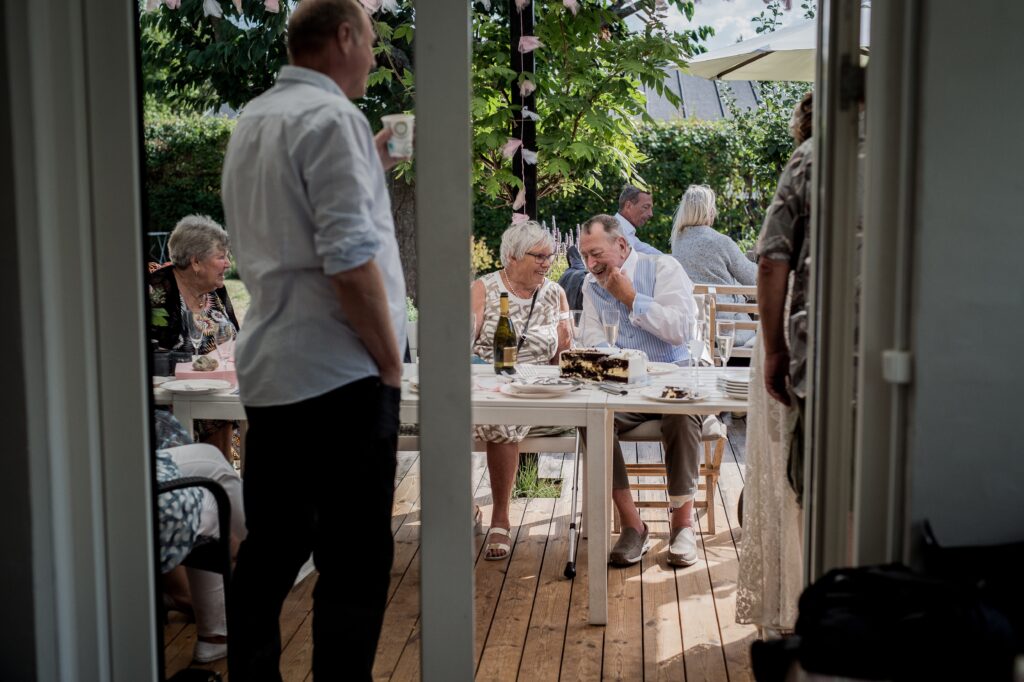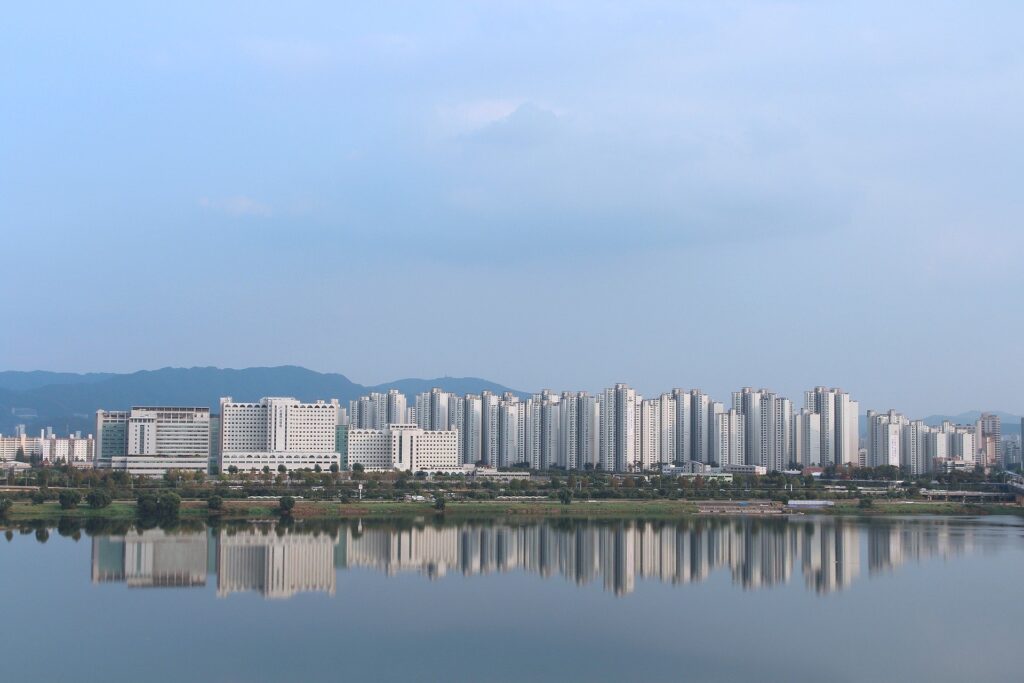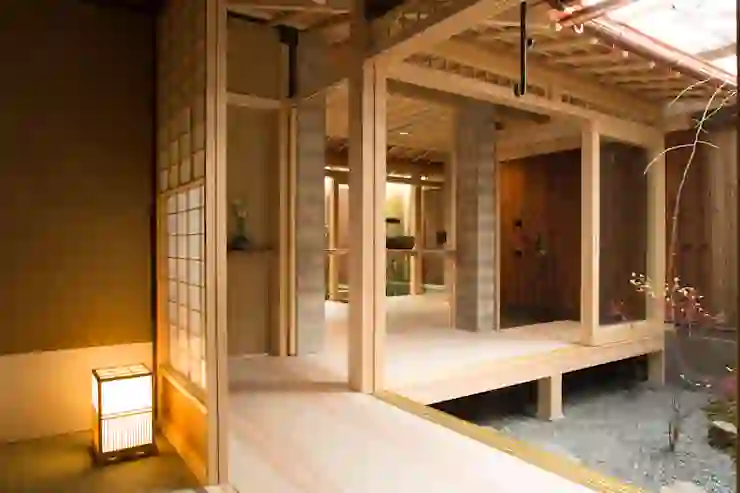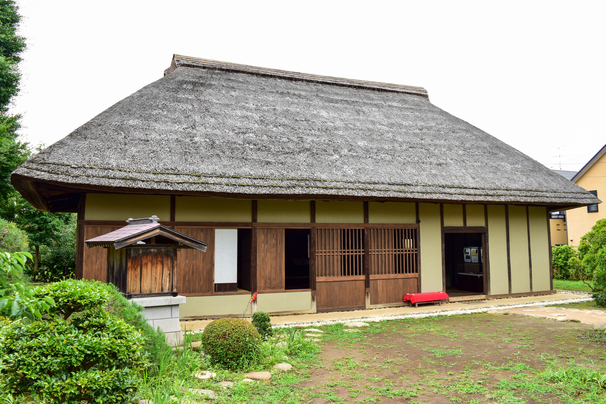
In the United States, it is called apartments, condominiums, town homes, and general houses.And apartments are mostly rental houses that pay monthly rent, and condos are privately owned and are more luxurious than apartments. Townhome is a two-story small house that has the convenience of management.In addition, it is the most common residential form of the house, and it is a residential space where wide living space and privacy are respected with a single-story two-story building such as a yard, parking space (garage), and sometimes a swimming pool and spa. Above all, the North American region owns a large land, and the downtown and residential space are well separated, so it is a culture where you can fully live a family life.So cognitive homes are thought to be a culture that provides enough rest with families.

Then, what about Korea’s residential culture? Once talking about Seoul, a representative city, it is mentioned and named south of the river, north of the river, east of the river, and west of the river, centering on the river called the Han River.About one-tenth of the total population is a city where administration, culture, finance, media, and broadcasting are concentrated in Seoul. Due to the dense population, most of the skyscrapers called apartments are built around the river from 30-4.50 floors above 10 floors, and are continuing to redevelop them.More surprisingly, all convenience (market, department store, shopping, subway) is combined with housing to pursue a form of residential and commercial complex. The market ranges from about $3 million to $10 million in Gangnam, with prices ranging from $2 million in Gangbuk, Gangdong and Gangseo. It has a price that exceeds Manhattan, New York. Therefore, the city around Seoul, about an hour away from Inji, has a similar shape and forms a price of $1 million to $2 million

To talk about Japan for a moment, Japan is based on summer housing with an open housing structure in consideration of its high temperature and humidity climate characteristics. It is an unsuitable housing structure in the cold winter because it is a structure that focuses on ventilation by making many windows and making the roof high.

In Japan, which has a relatively warm climate, housing has focused on controlling summer temperatures and humidity rather than winter.Also, the conditions of many earthquakes caused Japanese houses to be built more wooden buildings than reinforced concrete structures This is because the lower the building, the less likely it is to collapse in an earthquake, and the wooden building is much more resistant to shaking than concrete. Therefore, most general houses are still built using wood except for high-rise condominiums. But because of that, many houses in Japan are vulnerable to fire, and apartment houses are very vulnerable in terms of soundproofing. The residential forms of old private houses in Japan vary depending on the region. There is a clear difference between the residential form in cold areas with heavy snow and the residential form in areas with high temperature and humidity and subtropical climate. For example, in areas where it snows a lot, it is characterized by consideration of the space to shake off snow at the entrance, or by installing double doors to prevent the warmth of the room from escaping, and by making the roof steep. On the other hand, in the southern part of the country, where it is hot and humid, it is common to make double windows to prevent rain and wind to minimize damage caused by typhoons, and it has the characteristic of a large window and a small house overall.
MIKE CHOI
ASIA JOURNAL



